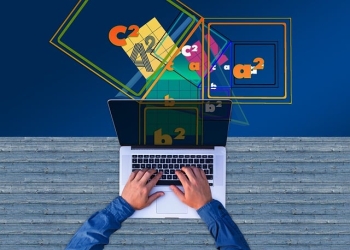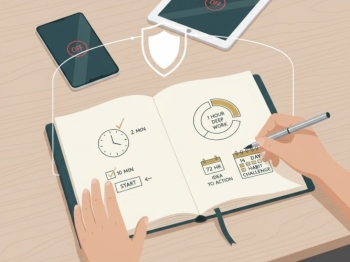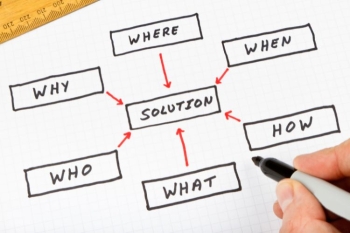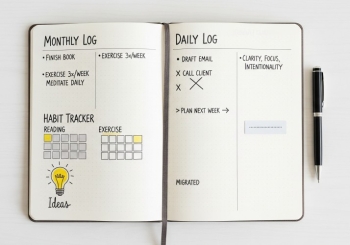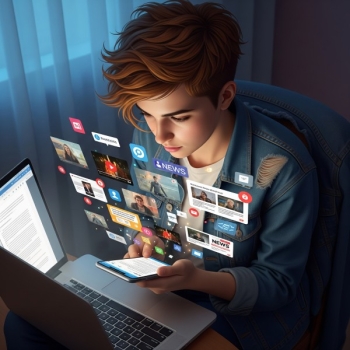There is an invisible but powerful enemy creeping into our minds, stifling our growth and joy for life. We call it "laziness"- but it's not the kind of laziness you think.

What is this modern form of laziness? It’s not about doing nothing. In fact, you might be busier than ever. It's time to confront what it really is.
Laziness Redefined: It’s Not Inaction, It’s “Brainrot”

In the digital age, laziness has shape-shifted. It’s no longer about a lack of physical action but a laziness of thought, emotion, and connection.
Consider how we consume information daily: endless scrolling on social media, binge-watching short, easily digestible videos, and seeking instant dopamine hits from likes and comments. We are constantly doing something—swiping, watching, reacting. But this is a more sinister form of laziness: the "brainrot" that Oxford Dictionary named its 2024 Word of the Year.

We become lazy to think deeply, to read long-form content, or to analyze complex problems. Instead, we choose the easiest path of passive information intake. Our brains, rather than being challenged to think critically, are being programmed to process only shallow, fragmented bits of information.
The Hidden Costs of Invisible Laziness
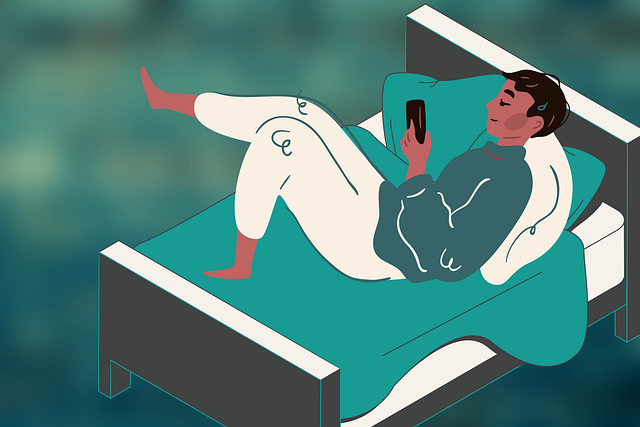
This insidious laziness has serious consequences. In education, we fall into the trap of "studying for the test" instead of "testing to learn," chasing scores while ignoring the journey of discovery. In shaping our identity, we risk "losing our roots" by prioritizing global trends over our own native language and culture. In relationships, it manifests as a failure to truly listen, replacing deep conversation with shallow online interactions.

Where Does This Laziness Come From?
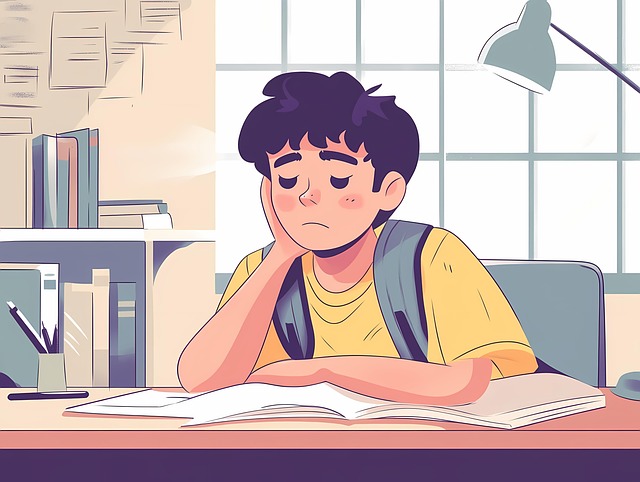
This isn't an inherent personal flaw. It's a natural tendency of the brain to conserve energy, a tendency that digital platforms expertly exploit with dopamine-driving algorithms, infinite scroll loops, and the Fear of Missing Out (FOMO). Society’s overemphasis on achievements, scores, and credentials—rather than the process, the experience, and human values—also encourages this mental laziness.n.

Facing Laziness: An Inner Revolution
The good news is we can fight back. We can "redesign our attention" through a persistent and mindful inner revolution.
1. Recognize and "Silence the Bell"
The first step is to recognize when you’re falling into passive consumption. Actively turn off notifications, set time limits on apps, and disable autoplay features. Give yourself time to break the cycle of unconscious, reflexive scrolling.

2. Learn Actively, Learn for Life
Instead of just consuming, engage with information. Use active learning methods like the Feynman Technique, where you learn by teaching the concept to someone else. Practice interdisciplinary thinking, participate in real-world projects, and hone soft skills like critical thinking, problem-solving, and communication.

3. Nurture Your Identity, Connect for Real
Make time for forgotten joys. Revisit a favorite coffee shop, listen to the wind, and finish that book you started. Nurture your cultural roots. Prioritize real-world connections over virtual ones through offline activities, sports, and phone-free conversations with family and friends.

4. Embrace Trial and Error
Real life isn't perfect like a curated social media feed. Allow yourself to make mistakes, to fail, and most importantly, to learn how to get back up. True growth comes from these challenges. Question everything, engage in debate, and build a multi-faceted, critical mindset.
Conclusion

Laziness, in its modern form, is a choice. It’s the choice between the ease of passive consumption and the challenging path of genuine growth. The journey to confront this laziness is a journey to rebuild ourselves, to "redesign our attention" and see the real world clearly.
Choose an aware, responsible, and engaged life. Because life is full of invisible tests, and you won’t always know when you’re being graded. Arm yourself not with invisible laziness, but with the strength of will and a relentless desire to learn and grow.
See more: Preparing for the future: Skills you need to learn today


